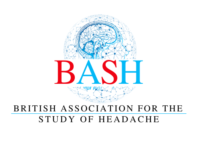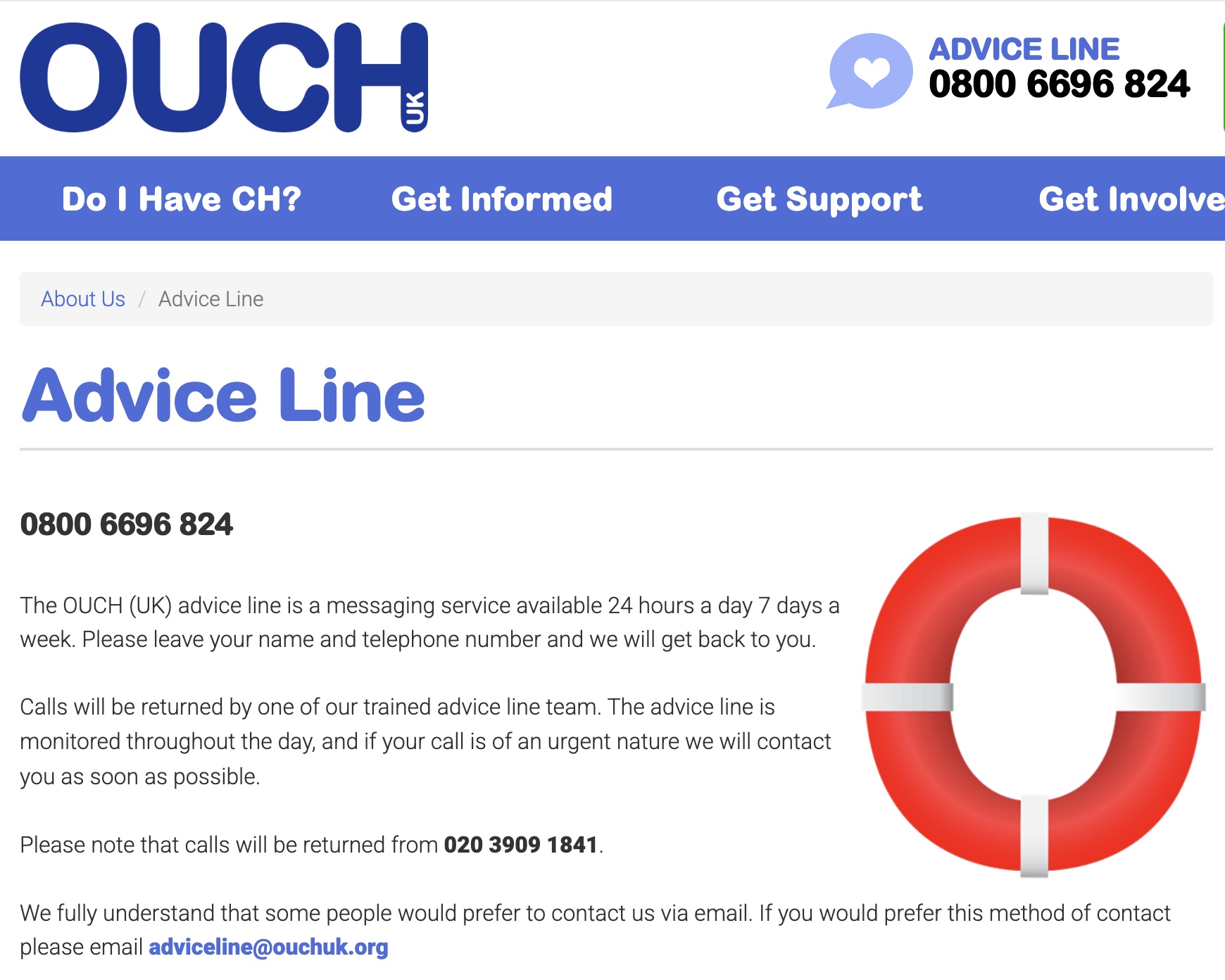Do you ask your headache patients if they consider themselves to be hypermobile or 'bendy' ? Dr Kate Barnes explains why it's important:
It’s increasingly recognised that there is a strong association between people with hypermobile joints and the co-existence of headache (1)
Hypermobility: more common than you may think
It’s estimated that 20% of the population are hypermobile (2) Within that group there are a genetically pre-disposed sub-group who have the propensity to develop multiple medical issues usually brought on by physical trauma (eg head-injury, whiplash), or viral infections (eg glandular fever (Epstein-Barr), Covid (SARS-Cov-2).
Is the Beighton Score still fit for purpose?
Historically the Beighton Score has been used as the benchmark for the diagnosis of hypermobility but there are clear question marks about its validity as it only measures certain joints (fingers, elbows, knees and spine). This is of particular relevance in the headache field as hypermobility of the neck and shoulders are cardinal risk factors for headache but may not be taken into account (3)
It’s also important to note the paradox of the hypermobile who frequently exhibit ‘stiffness’ rather than ‘excessive movement’ particularly with aging and this can mislead the poorly educated clinician. The myo-fascial stiffness and muscle tension is an attempt to compensate for abnormally weak connective tissue and can in itself be associated with tension headache.
Craniocervical instability can lead to problems
An upright MRI scan is the only current method of clearly ascertaining the degree of hypermobility in the neck: this allows clear, validated measurements that assess excess movement at the craniocervical junction which can lead to numerous symptoms from cranio-cervical instability (CCI).
The most common symptoms include chronic headache, but also brain fog, neck pain, and chronic fatigue. Other neurological symptoms can include facial pain or numbness, balance problems, central apnoea, muscle weakness, dizziness and vertigo, visual problems, difficulty swallowing, tinnitus and hearing loss, and impaired co-ordination (4)
Postural Orthostatic Tachycardia Syndrome may co-exist
Brain-stem compression from CCI can also cause dysautonomia with symptoms of Postural Orthostatic Tachycardia Syndrome (PoTS), heat intolerance, and delayed gastric emptying. PoTS is associated with both migraine and orthostatic headache (5)
A poor man's active stand test (looking for a rise in heart rate of 30 beats from lying to standing) is useful in making a diagnosis of PoTS, in the absence of tilt-table testing. The patient will often, but not always complain of palpitations. Addressing postural elements with simple advice such as compression socks, increased salt and fluid intake can help to alleviate many of the symptoms.
Hypermobility may increase the likelihood of CSF leak
Weak dura in this vulnerable group of patients can pre-dispose to CSF leaks and these should also be strongly considered in the differential diagnosis of headache. Although traditionally a CSF leak headache is orthostatic in nature, it’s increasingly recognised that leaks can cause a constant headache not affected by posture. CSF leaks are nearly always associated with marked disability including neurological symptoms such as tinnitus, visual disturbance including photophobia, impaired hearing, and balance issues and therefore can be tricky to differentiate from CCI symptomatology (6) (7)
In my own experience
In my personal audit of my first 100 patients that I diagnosed with either Hypermobility (EhlersDanlos Syndrome) or Hypermobility Spectrum Disorder (HSD), 75% complained of migraine (with or without aura). This is in line with other studies looking at the association of hypermobility syndromes and migraine (8) Migraine was stated as one of the top 3 most troublesome symptoms in my cohort. The other 3 symptoms most commonly associated with migraine in this cohort were fatigue, brain fog and fibromyalgia.
Mast Cell Activation Disorder (MCAD) may contribute
A fairly newly-described disorder called Mast-Cell Activation Disorder (MCAD), essentially a disorder of immune regulation, also contributes to migraine headache in this population. Mast cells (micro-glia in the brain) degranulate releasing multiple chemical mediators that can include histamine (9) GI complaints, bladder disturbance, endometriosis, and rashes are also trade-mark features of mast cell activation. High dose anti-histamines (eg fexofenadine) and mast cell stabilisers (eg ketotifen) can have a marked effect on improving symptoms in these patients.
Overall my experience is that there are a large group of poorly managed patients with headache, for which there may be at least 2 or 3 causes, which are being inadequately addressed, and to which other symptoms seemingly unrelated to headache may in fact provide clues to an overarching diagnosis. Hypermobile joints and a genetic (heterogeneous) pre-disposition to weak and abnormal connective tissue underlies a frequently disabled and poorly managed patient.
Connective tissue disorders require a holistic approach and should be on the radar of all health care professionals and especially those who work in the area of headache.

Dr Kate Barnes
GP with Special Interest in
Ehlers Danlos Syndrome
Hypnotherapy
Cognitive Behaviour Therapy
References:
1.Castori, M., Morlino, S., Ghibellini, G., Celletti, C., Camerota, F., Grammatico, P., 2015. Connective tis-sue, Ehlers-Danlos syndrome(s), and head and cervical pain. Am. J. Med. Genet. C: Semin. Med. Genet. 169 (1), 84-96. 10.1002/ajmg.c.31426
2. Antonio, D.H., Magalhaes, C.S. Survey on joint hypermobility in university students aged 18–25 years old. Adv Rheumatol 58, 3 (2018). https://doi.org/10.1186/s42358-018-0008-x
3. Morlino S, Dordoni C, Sperduti I, Venturini M, Celletti C, Camerota F, Colombi M, Castori M. Refining patterns of joint hypermobility, habitus, and orthopedic traits in joint hypermobility syndrome and Ehlers-Danlos syndrome, hypermobility type. Am J Med Genet A. 2017;173(4):914– 929.
4 Henderson, J Spine 2016, 5:2 DOI: 10.4172/2165-7939.1000299
9. Roles of mast cells and their interactions with the trigeminal nerve in migraine headache https://www.ncbi.nlm.nih.gov/pmc/articles/PMC10262643/
If you are interested in joining our GPwER role in headache group, please email info@bash.org.uk. For more information, click here




